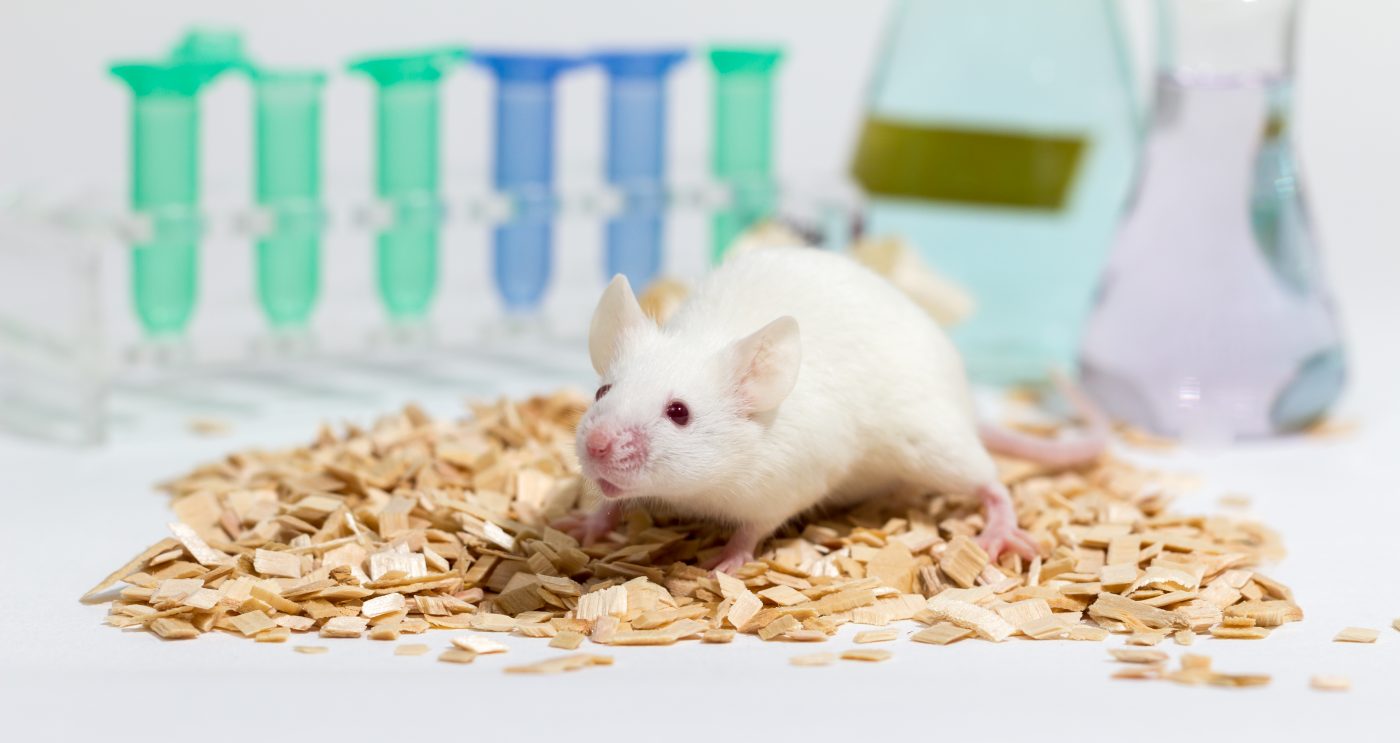Bone, Muscle Strength in Duchenne Model Aided by Bisphosphonate Therapy

Recent research has demonstrated that early bisphosphonate treatment of a mice model of Duchenne muscular dystrophy (DMD) had some positive effects on bone integrity and skeletal muscle strength. The research paper, entitled “Positive effects of bisphosphonates on bone and muscle in a mouse model of Duchenne muscular dystrophy,” was published in Neuromuscular Disorders.
Duchenne muscular dystrophy (DMD) is a progressive degenerative disease caused by the loss of dystrophin, which results in excessive muscle fatigue and inflammation, with associated cardiac dysfunction and failure.
DMD patients also present low bone mineral density and higher risk of bone fractures, complications specially observed in young boys with the disease. These chronic skeletal problems are the result of several factors, such as low vitamin D, increased inactivity, and long-term glucocorticoid treatment — the only current therapy for DMD. Antiresorptive bisphosphonates (BPs) are used in the management of several bone diseases for their ability to very selectively bind calcium, target bone mineral, and inhibit osteoclast activity, responsible for the breakdown of bone tissue. Previous studies of bisphosphonates in DMD patients have shown positive results in bone density and pain and improved overall health.
In this study, researchers investigated the effect of short-term and early therapy with pamidronate, a nitrogen-containing BP, in young Mdx mice, the preferred animal model for DMD. Results showed that the pamidronate treatment’s effects on bone strength in a short but rapid growing bone phase was bone-area dependent. This therapy improved bone mineral density and toughness in long bones, without significant side effects. However, similar positive results were not observed in vertebral bone, which accounts for areas of fracture risk after long-term glucocorticoid treatment. The results also suggested that pamidronate reduced osteoclast activity and led to muscle regeneration and grip strength improvement, with a 90% reduction of circulating levels of creatine kinase, an enzyme released by damaged muscle. But improvements in muscle function did not extend to the diaphragm muscle, an important feature in DMD patients.
These data demonstrate treatment with pamidronate had a positive effect on long bone strength in a growing DMD skeleton. Further research to determine the mechanism behind the observed improvements, along with optimal dose and duration of treatment, might prove pamidronate to be a useful therapy in children suffering from this condition.






